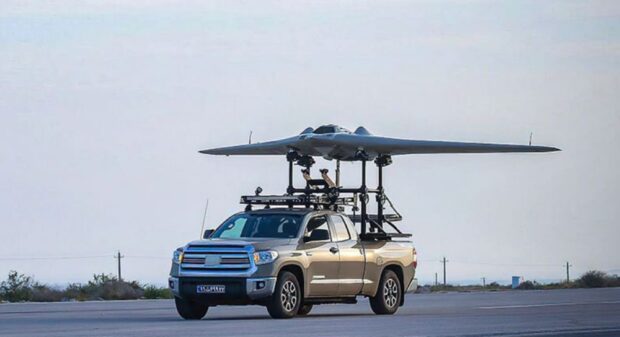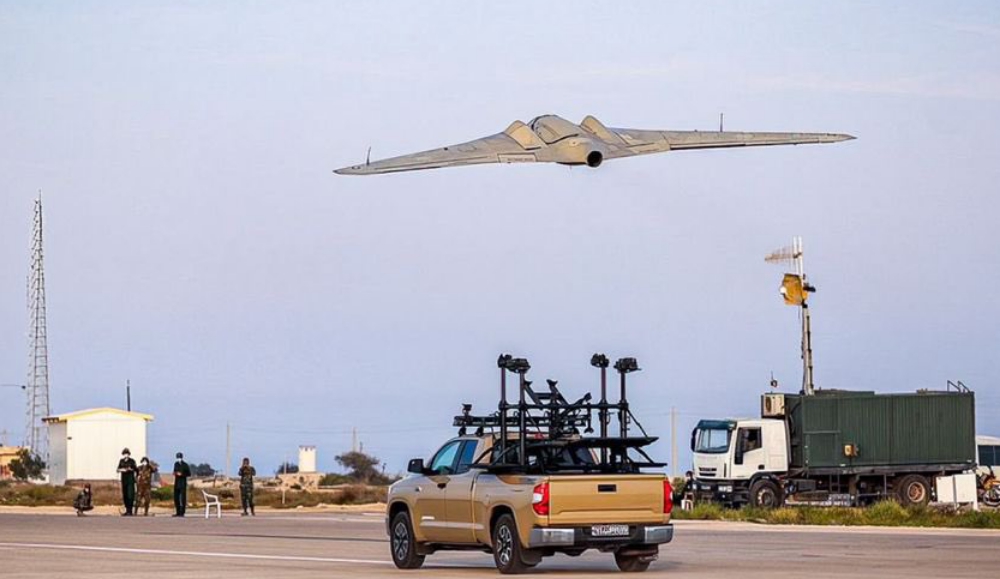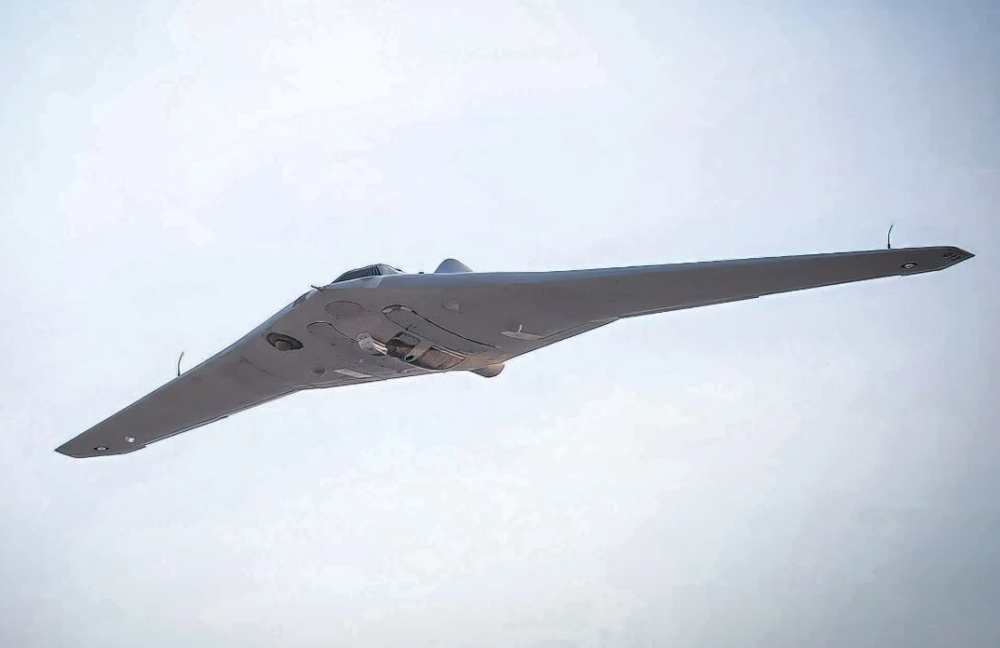On March 13, a new set of images showing Iran’s Shahed-191 strike drone with a new mobile launch system emerged on social media.
The images, also shared by the official Twitter account of the EurAsian Times, display a Shahed-191 strike drone mounted on what appears to be a Toyota Tundra being used as a mobile launch platform.
The US RQ-170 Sentinel drone, which Iran seized in 2011, is considered the foundation for the Shahed-191. It has a similar flying wing design and is driven by a turbofan engine.
The Iranian drone has, however, undergone significant modifications and improvements, including the addition of cutting-edge avionics and sensor systems. The latest photographs highlighted Iran’s ongoing efforts to improve its drone technologies to increase its asymmetric capabilities.
The drone takes off from the mobile launch system in the most recent images, giving Iran a potential advantage in routine operations and special forces activities.
The drone can travel 1500 kilometers, carry two bombs with a combined weight of 100 kilograms, fly for 4.5 hours at an altitude of 7.5 kilometers, and achieve speeds of 350 kilometers per hour, according to the description accompanying the new photographs.
Shahed-191 is also known as Saegheh-2. Later models of this drone featured frontal air intake. But, only models with piston engines likely lack frontal intakes. The Shahed-191 can be equipped with two Sadid-1 missiles.
The Shahed-191 features two retractable skids instead of traditional landing gear, although it also includes a parachute for use without a runway.
Shahed Aviation Industries manufactures the Saegheh-2. It is modeled after a Lockheed Martin RQ-170 Sentinel UAV that Iran captured and reverse-engineered. However, it is smaller and much different from it.
Together with the Shahed-171 Simorgh, it is one of Iran’s two flying wing unmanned aerial vehicles (UAVs) based on the RQ-170.
Nevertheless, it is unclear if the drone depicted in the new photographs is entirely distinct from the existing models or has some significant modifications.
Source: The Eurasian Times



